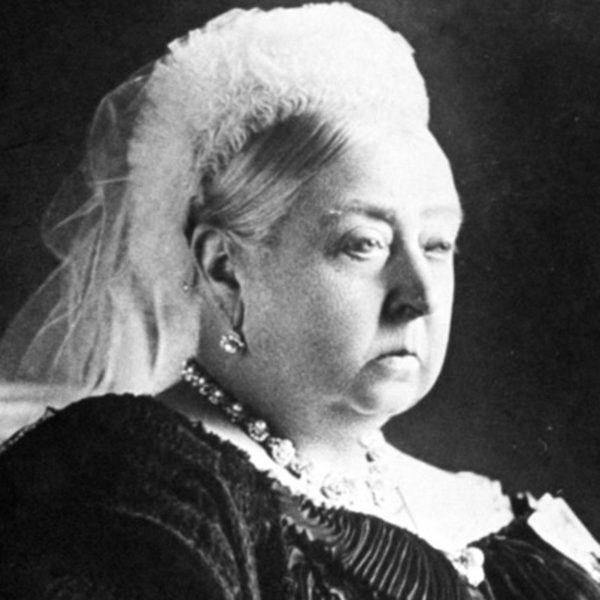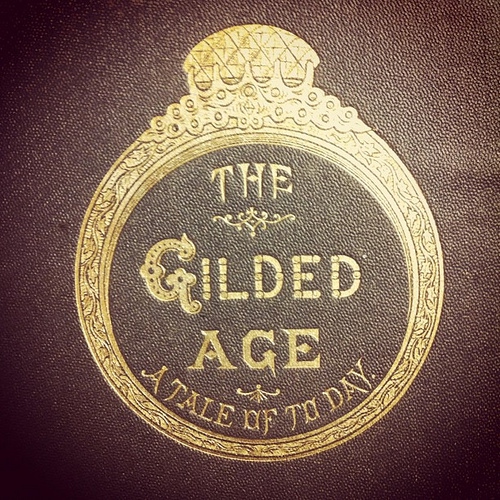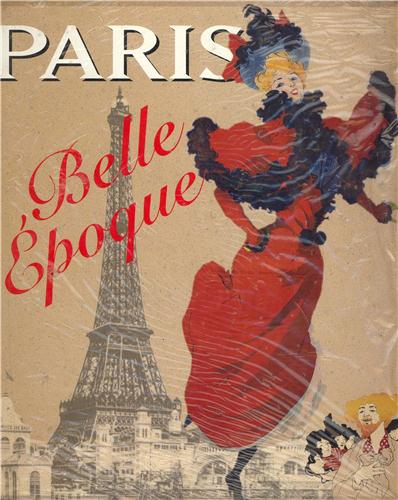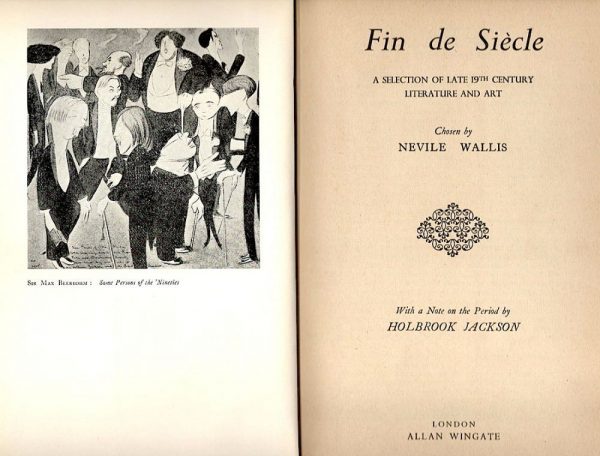As the temporally displaced masses cry, “Burn the calendars! Anachrony now!” they need to know a few things about history before they can alter history. Where has an impact on when, so it’s time for a review of Victorian vs. Gilded Age vs. Belle Époque vs. fin-de-siècle.
The Victorian Era encompassed the reign of Queen Victoria of the United Kingdom from June 20, 1837, to January 22, 1901. Culturally, it can be seen as beginning with the Reform Act of 1832 that greatly increased the scope of voters. During the Era, the middle class expanded. This could be due to the lack of great wars, the prosperity of the British Empire and the Industrial Revolution. With the ascending middle class came an increased value of privacy. This bourgeois value may have dictated the Victorian values and manners that we perceive today.
The Gilded Age of the United States covered the 1870s through the beginning of the twentieth century. It was book-ended by the Reconstruction and the Progressive Eras. American industrialization surpassed the UK’s Industrial Revolution, partially due to railroads. The First Transcontinental Railroad, established in 1869, reduced travel from San Francisco to New York from six months to six days. The name of the era came from Mark Twain’s The Gilded Age: A Tale of Today that skewered the Golden Age that was expected to follow the American Civil War. Instead of golden, it was a time of social strife covered by a thin gilding of prosperity.
La Belle Époque matched the prosperity of the Victorian Era and the Gilded Age with flourishing arts in continental Europe, with a focus on Parisian culture. This “Beautiful Era” fell between the Franco-Prussian War that ended in 1871 and the start of World War I in 1914. The mingling of art and commerce can be seen in the support that the industrialist nouveau-riches gave to the socially elite Tout-Paris. Cabarets and theaters like the Moulin Rouge or the Folies Bergère provided burlesque entertainment.
The fin-de-siècle could be viewed as the Hyde to La Belle Époque’s and Victorian Era’s Jekyll. The “end of the century” characterized a late nineteenth century turn toward decadence. Arthur Symons’ 1893 essay The Decadent Movement in Literature examined “a new and beautiful and interesting disease.” Stories like Robert Louis Stevenson’s Strange Case of Dr. Jekyll and Mr. Hyde and H.G. Welles’ The Time Machine portrayed humans physically degenerating into beasts. The protagonist of Joris-Karl Huysmans’ À rebours (“Against the Grain”) became so obsessed with aestheticism that the natural world made him ill. Beauty had its dark side.
Whether the end of the nineteenth century is seen as Victorian, Gilded or Beautiful depends not only on the viewer, but on where the eye is cast.





There are no voices yet... Post-script us a message below, won't you?